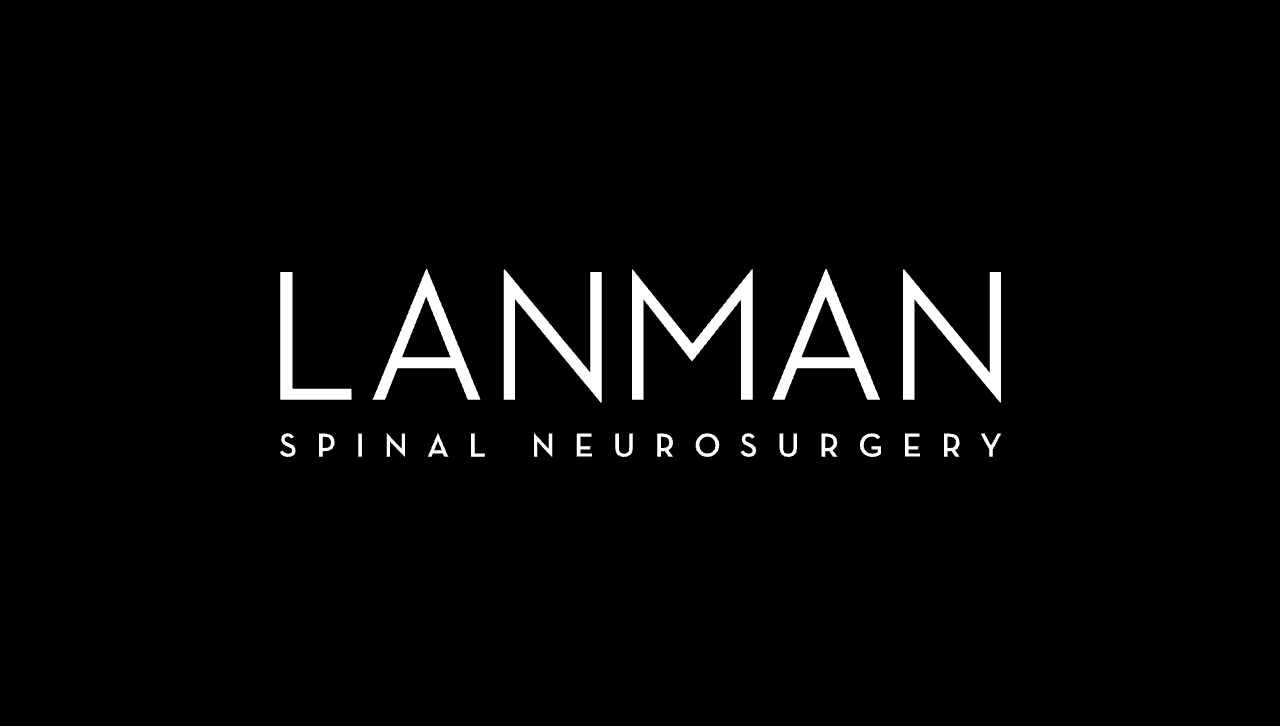Degenerative disc disease can be a painful and frustrating condition, but understanding the link between your lifestyle and your spine health can empower you to take control. This article dives into all sides of the coin: what foods to avoid and what exercises to steer clear of to minimize pain, and what habits and lifestyle choices can actually support a healthy spine. Whether you’re currently struggling with degenerative disc disease or simply want to be proactive about preventing it, this article offers practical tips and insights to help you feel your best and keep your spine happy!
Foods to Avoid with Degenerative Disc Disease
Obesity is one of the major risk factors for degenerative disc disease. Consequently, a healthy diet consisting of vegetables, fruits, low-fat dairy products, lean protein sources, and whole grains can help people lose weight or maintain are healthy weight. Research linking specific foods to degenerative disc disease is mixed, but studies suggest that sugary drinks, white bread, pastries, and processed snacks spike blood sugar, triggering inflammatory pathways that can worsen degenerative disc disease pain. High meat consumption and processed meat consumption was linked to higher C-reactive protein, an inflammatory marker, in people with chronic back pain. High levels of saturated and trans fats in fried foods increase inflammation, which may contribute to degenerative disc disease. Lastly, caffeine and alcohol can be dehydrating, and dehydration is the main mechanism by which discs are thought to degenerate.
Exercises to Avoid with Degenerative Disc Disease
Exercise is generally a good thing in that it helps you maintain physical fitness, cardiovascular health, and a healthy weight. However, certain exercises can worsen symptoms of degenerative disc disease.
High-Impact Activities
High-impact activities like jumping jacks, plyometrics, and jumping rope can put excessive stress on discs and joints. Running can be jarring for the spine, especially if not cushioned properly. Consider low-impact alternatives like swimming, cycling, or elliptical training.
Heavy Weightlifting
One of the main reasons that obesity contributes to degenerative disc disease is for the simple fact that additional weight adds additional strain on the vertebral discs. Heavy weightlifting creates the same problem: excessive strain on the spine wears the discs out faster. Deadlifts are particularly risky. Weight training can be a very good form of exercise, however, so work with a trainer or physical therapist who can suggest lower weight, higher repetition exercises that are safer for your spine.
Excessive Twisting
Movements that involve twisting the spine, such as Russian twists or medicine ball throws with rotation, can put strain on discs and facet joints, especially. The twisting motion in a golf swing can be risky for some individuals, particularly if swing mechanics are not optimized. The same is true for tennis. For tennis and golf, having a professional evaluate and correct your swing may reduce your risk.
Habits to Support a Healthy Spine
Here are some key habits you can incorporate into your daily life to promote a healthy spine and reduce the risk of future problems:
Stay active: Engage in regular exercise, ideally 30 minutes most days of the week. Choose low-impact activities like swimming, walking, cycling, yoga, or Pilates.
Strengthen your core: Strong core muscles support your spine and improve overall posture. Do exercises like planks, crunches, or bridges.
Practice good posture: Stand tall with shoulders back and relaxed, chin slightly tucked in, and core engaged. Avoid slouching or hunching over while sitting or standing.
Stretch regularly: Stretching helps maintain flexibility and range of motion in your spine, reducing stiffness and preventing injury.
Lifestyle Choices to Avoid
Conversely, it is best to avoid certain lifestyle choices if you are struggling with degenerative disc disease.
Prolonged sitting: Sitting for prolonged periods can increase low back pain and potentially lead to low back degenerative disc disease. If you sit for long periods, get up and move around every 30 minutes to avoid stiffness and strain on your spine.
Ignoring pain: It is true that we all experience more aches and pains as we grow older. It is also true that most cases of neck or low back pain will go away within a few days. However, if you are experiencing pain that lasts for more than a few weeks, speak to a spine surgeon to discuss your options. Don’t ignore your pain because it may indicate a longstanding and progressive problem.
Conclusion
Living with degenerative disc disease doesn’t have to mean limitations or constant pain. By understanding the potential impact of your diet and exercise choices, you can empower yourself to make informed decisions that support your spinal health. This article has highlighted both dietary pitfalls to avoid and exercise modifications to embrace. Remember, a balanced approach is key. Prioritize nutrient-rich foods to nourish your body, engage in low-impact exercise to stay active without undue strain, and incorporate habits like core strengthening and good posture to promote long-term spinal well-being. Additionally, don’t hesitate to seek professional guidance from a spine health specialist who can create a personalized plan for pain relief. By listening to your body, making mindful choices, and working with experts when needed, you can take control of your spine health and live a life free from unnecessary discomfort. Remember, small changes over time can yield significant results, so prioritize your well-being and embrace a healthier future for your spine!
Dr. Lanman is committed to helping people with degenerative disc disease—he has spent his entire adult career to that very pursuit. If you are struggling with degenerative disc disease, call Dr. Lanman’s office to schedule an appointment.
FAQs:
Are there different types of degenerative disc disease, and do they require different treatments?
Degenerative disc disease is a generic term that refers to the breakdown of the vertebral disc. Some people distinguish between cervical, thoracic, and lumbar degenerative disc disease, but the overall condition and treatment is similar.
Can diet really make a difference in managing degenerative disc disease?
Certainly, a poor diet can contribute to diseases such as obesity and diabetes that can, in turn, accelerate degenerative disc disease. The main way in which discs degenerate is through dehydration, so drinking plenty of water and avoiding caffeine and alcohol can be helpful.
Can physical therapy be beneficial for degenerative disc disease?
Absolutely. While physical therapy cannot repair a disc that is already degenerating, it can sometimes slow the rate of degeneration and can reduce symptoms. For instance, physical therapy can help improve strength, flexibility, and posture, which can reduce pain and inflammation. PT can also improve range of motion and flexibility. Strengthening the muscles surrounding the spine may help prevent future disc degeneration and injury.
Are there any natural supplements or remedies that may alleviate symptoms?
Supplements that reduce inflammation may help alleviate symptoms of degenerative disc disease. Examples include omega-3 fatty acids, curcumin, and antioxidant supplements. Dr. Lanman has developed a number of nutritional and hormonal treatments that may slow the spine aging process. Ask Dr. Lanman about aging management and 4D Health™.
What should I do if I experience a sudden increase in pain or new symptoms?
A sudden increase in pain or new symptoms is potentially troubling and should be evaluated by a professional. Red flags that require urgent medical attention are an increase in pain along with fever and chills, loss or bowel or bladder function, the inability to move or feel in a limb, and trouble walking or standing.
Can degenerative disc disease lead to other spinal conditions, and how can I prevent them?
Yes, degenerative disc disease can lead to other spinal conditions:
Osteoarthritis: This wear-and-tear arthritis can affect the facet joints in your spine, which connect the vertebrae. It often arises alongside degenerative disc disease due to similar degenerative processes.
Spinal stenosis: This narrowing of the spinal canal can compress nerves, causing pain, numbness, and weakness. Degenerative disc disease can contribute to stenosis by bulging discs or thickened ligaments encroaching on the space.
Spondylolisthesis: This slippage of one vertebra over another can occur due to weakened bones or ligaments, often related to degenerative disc disease. It can cause pain and nerve issues.
Scoliosis: While not directly caused by degenerative disc disease, scoliosis, a curvature of the spine, can put extra stress on discs, potentially aggravating degenerative disc disease symptoms.
Successfully managing degenerative disc disease can reduce the risk of developing or exacerbating these other conditions.








